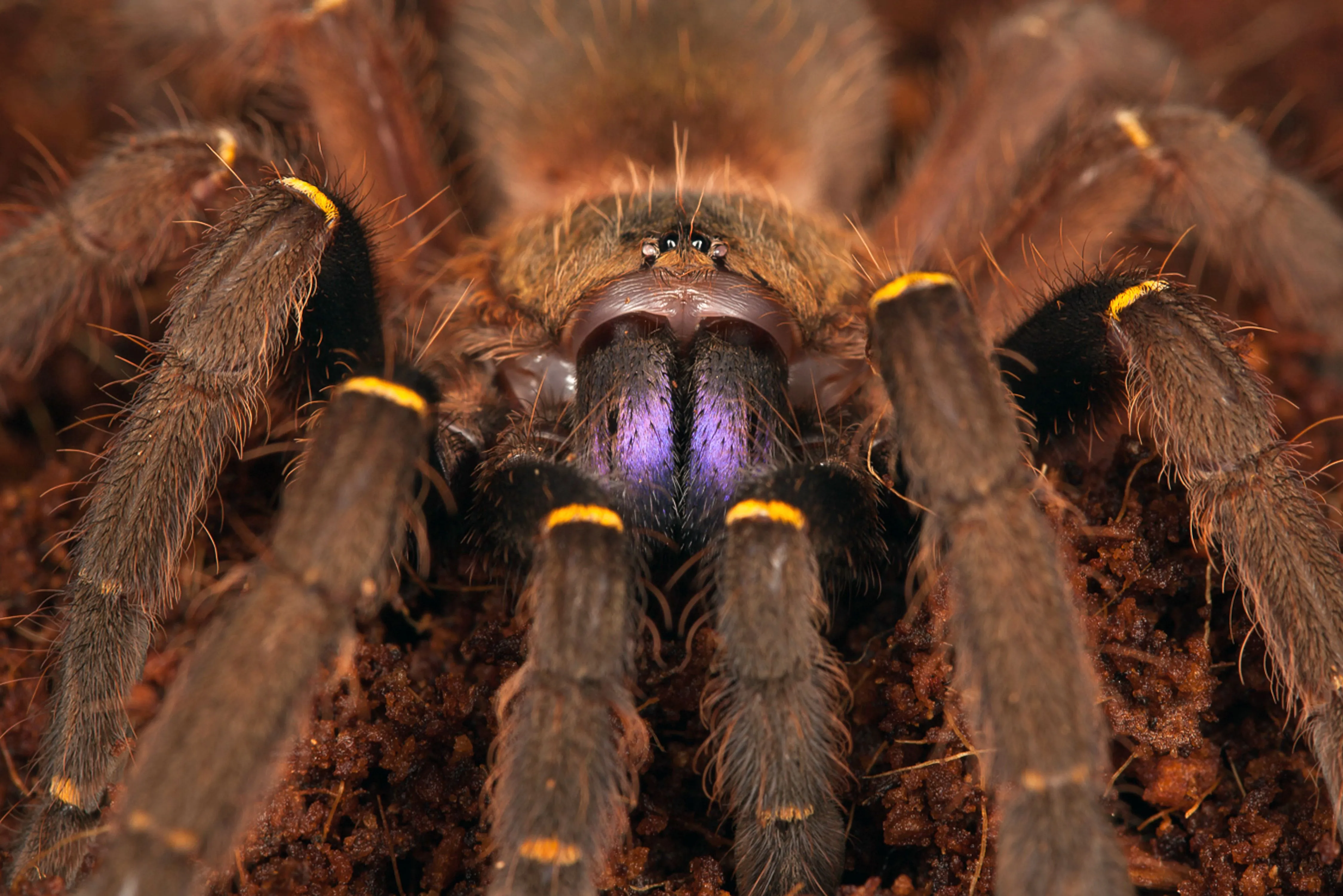Top 5 Biggest Tarantula Breeds
Tarantulas, with their impressive size and diverse characteristics, have captivated the attention of arachnid enthusiasts worldwide. Among the hundreds of tarantula species, some stand out due to their colossal size, making them some of the largest spiders on Earth. This guide will introduce you to the top 5 biggest tarantula breeds, highlighting their unique features, habitat, and care requirements. Whether you’re a seasoned tarantula keeper or a curious observer, understanding these magnificent creatures can provide a deeper appreciation for the fascinating world of spiders. From the imposing Goliath Birdeater to the striking Brazilian Giant Blonde, prepare to be amazed by the sheer size and beauty of these giant arachnids. Each breed possesses distinct characteristics, from their impressive leg spans to their unique color patterns. Learn about the fascinating aspects of each species, ensuring a comprehensive overview of the giants of the tarantula world.
Goliath Birdeater Fact
The Goliath Birdeater (Theraphosa blondi) earns its name from its ability to prey on small birds, although its diet primarily consists of insects, worms, and other invertebrates. This species is native to the rainforests of northern South America and is widely recognized as one of the largest spiders in the world, boasting a leg span that can reach up to 12 inches or more. This size alone makes it a formidable creature, capable of instilling awe in anyone who encounters it. Their formidable size makes them a focal point for many arachnid enthusiasts. Their imposing presence, coupled with their intriguing behaviors, solidifies their place as one of the most captivating species in the tarantula world.
Size and Characteristics
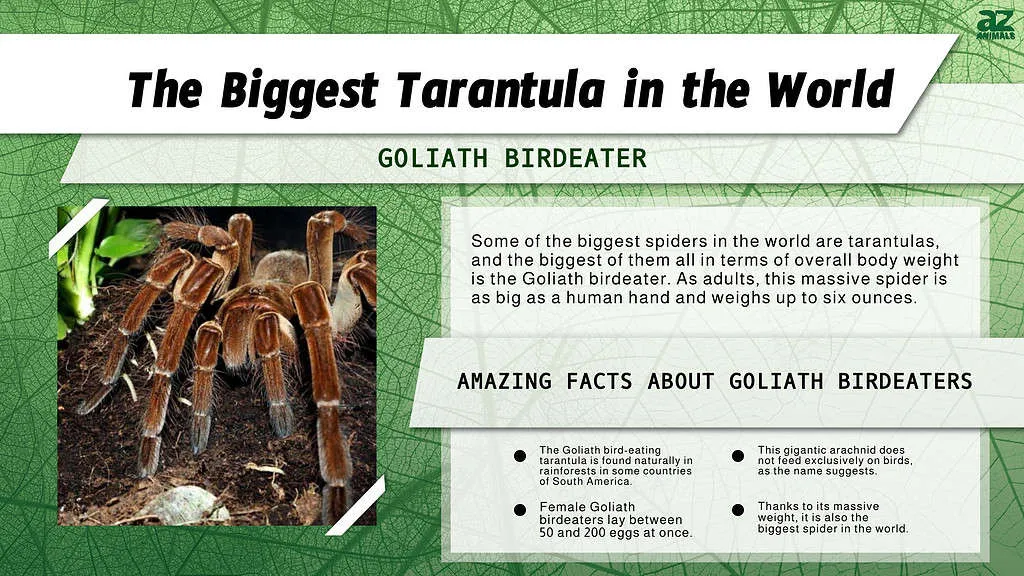
The Goliath Birdeater’s impressive size is one of its most striking features. With a leg span that often exceeds 10 inches, these spiders are truly giants in the arachnid world. Beyond their sheer size, they also possess a robust build and a hairy appearance. Their bodies are typically dark brown, and they have prominent fangs. These physical characteristics, along with their considerable size, contribute to their intimidating yet captivating appearance. Female Goliath Birdeaters can live for over 25 years, while males have a shorter lifespan. Their size and longevity make them a unique pet, demanding a significant commitment from keepers, and they are fascinating to study.
Habitat and Care
In their natural habitat, Goliath Birdeaters are found in the rainforests of South America, where they live in burrows. In captivity, they require a large enclosure with plenty of substrate for burrowing, such as a mix of peat moss, coconut fiber, and vermiculite. Maintaining appropriate humidity and temperature levels is crucial for their well-being. They thrive in environments with high humidity and temperatures ranging from 75 to 85 degrees Fahrenheit. Feeding them requires a steady supply of insects and other invertebrates. Proper care ensures they remain healthy and showcase their impressive characteristics, offering a fascinating glimpse into the world of giant arachnids. Understanding their needs allows for the creation of a suitable environment, promoting their health and longevity in captivity.
King Baboon Tarantula
The King Baboon Tarantula (Pelinobius muticus), native to East Africa, is known for its aggressive nature and impressive size. This terrestrial species is a popular choice among experienced tarantula keepers due to its striking appearance and interesting behaviors. Though their care can be more demanding, the King Baboon Tarantula offers a rewarding experience for those prepared to meet its specific needs. Their distinct features and behaviors set them apart from many other tarantula species, making them a fascinating subject of study and admiration for enthusiasts worldwide. The King Baboon is a remarkable species that offers a unique glimpse into the world of large and captivating arachnids.
Identifying Features
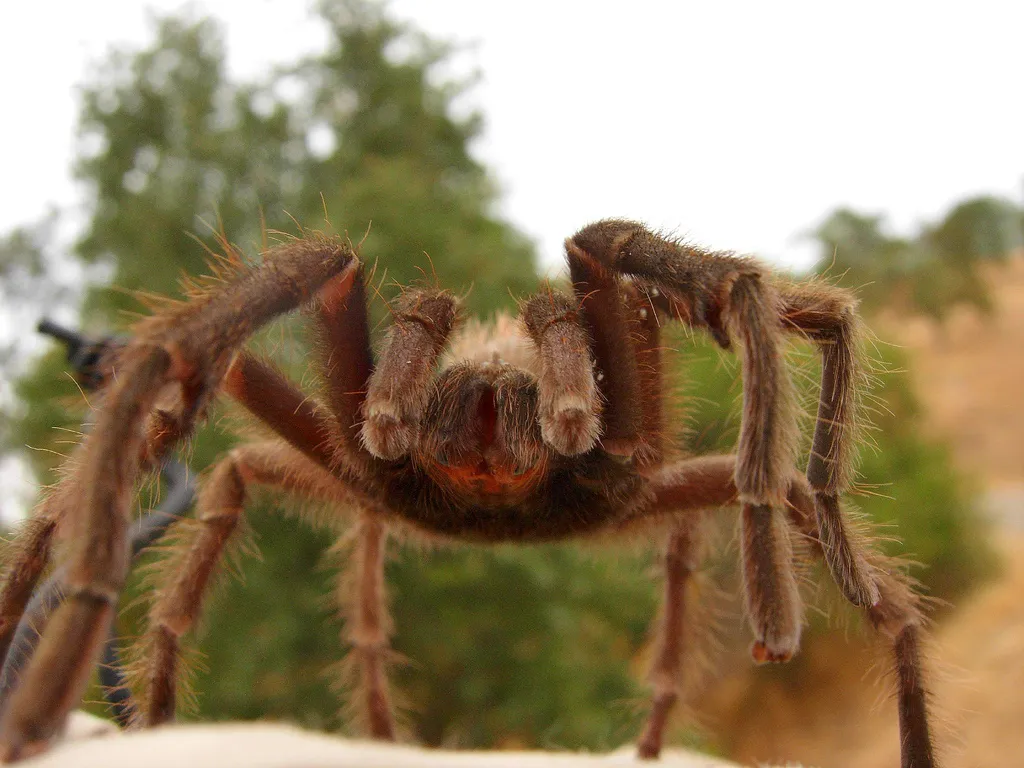
King Baboon Tarantulas are easily recognizable by their tan or golden-brown coloration, coupled with a robust build and strong legs, adapted for burrowing. They are known for their impressive size, with females often reaching a leg span of up to 8 inches. Their appearance is a striking combination of color and form. The contrast of their earthy tones and robust structure makes them visually striking. These features make them readily identifiable to those familiar with tarantulas. Their unique characteristics make the King Baboon Tarantula a standout among tarantula species.
Temperament and Handling
King Baboon Tarantulas are generally known for their defensive and sometimes aggressive temperament. They are not recommended for beginners, as they can be prone to biting if they feel threatened. Handling them should be kept to a minimum and approached with extreme caution. Their defensive behaviors are important to understand when keeping them. Experienced keepers are needed due to their temperament. Always prioritize safety and observe their behaviors closely, to ensure the well-being of both the keeper and the tarantula. Proper handling techniques are essential to ensure the safety and well-being of both the keeper and the tarantula.
The Largest Tarantula Breeds
Several other tarantula species are renowned for their impressive size and striking appearance. These large species are popular among arachnid enthusiasts. Each species has unique characteristics that make it stand out. Learning about their sizes, habitats, and care requirements is fascinating and essential for those interested in these amazing creatures. These species showcase the diversity and beauty of the tarantula family.
Brazilian Giant Blonde
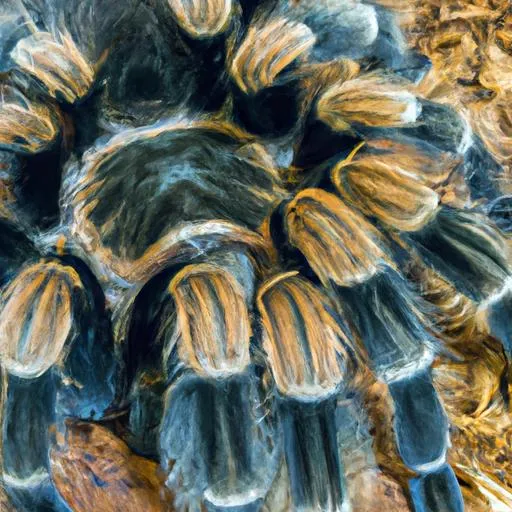
The Brazilian Giant Blonde (Lasiodora parahybana) is one of the largest tarantula species, with a leg span that can reach up to 10 inches or more. Native to Brazil, these tarantulas are popular in the pet trade because of their impressive size and relatively docile temperament compared to some other large species. This combination of size and manageability has made them a favorite among experienced keepers. Their large size and striking appearance have contributed to their popularity. They are fascinating to observe.
Appearance and Diet
Brazilian Giant Blondes have a striking appearance with a tan or light brown coloration and long, reddish hairs on their legs and body. They have a robust build, reflecting their size. Their diet typically consists of large insects, such as crickets, roaches, and mealworms. These tarantulas have significant appetites and can grow rapidly with a regular supply of food. Their large size and unique appearance make them a remarkable species to admire and study. They are a captivating example of the variety found in the tarantula family.
Lifespan and Growth
Female Brazilian Giant Blondes can live for over 20 years, while males have a shorter lifespan, typically 3 to 5 years. They grow rapidly, especially during their juvenile stages, molting frequently as they increase in size. Providing a suitable habitat and regular feeding contributes to their healthy development. The extended lifespan of females makes them a long-term commitment. The rapid growth and regular molting cycles are key aspects of their life cycle. Understanding the lifespan and growth patterns is essential for providing proper care for these giants.
Other Large Tarantula Species
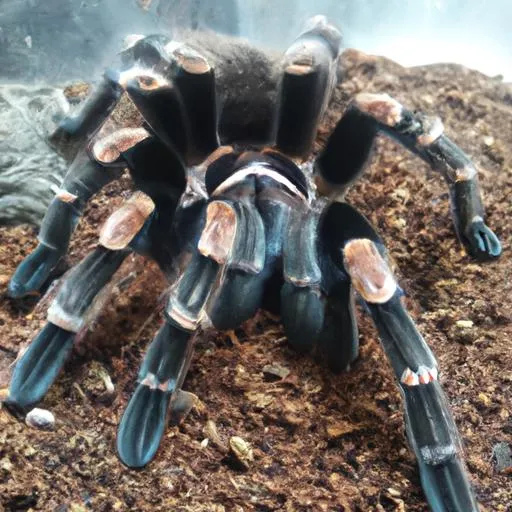
In addition to the Goliath Birdeater, King Baboon, and Brazilian Giant Blonde, several other tarantula species are known for their impressive size. The Pinkfoot Goliath Tarantula (Theraphosa apophysis) is similar in size to the Goliath Birdeater. The Versicolor Tarantula (Caribena versicolor) is known for its vibrant colors during the juvenile stages and impressive size. Understanding these species can help arachnid enthusiasts expand their knowledge of the tarantula world. Discovering the diversity within the family helps foster a deeper appreciation for these captivating creatures.
Pinkfoot Goliath Tarantula
The Pinkfoot Goliath Tarantula (Theraphosa apophysis) is closely related to the Goliath Birdeater and is also one of the largest tarantula species. Native to Guyana, this species is recognized for its impressive size, with a leg span that can reach up to 10 inches or more, making it a formidable giant. They are less commonly kept than the Goliath Birdeater, but they are equally captivating. This species offers a glimpse into the diversity of the largest tarantulas, and they are a fascinating species.
Versicolor Tarantula Facts
The Versicolor Tarantula (Caribena versicolor), also known as the Antilles Pinktoe Tarantula, is a smaller species, but it stands out for its vibrant coloration during its juvenile stages. While not the largest tarantula, their striking appearance makes them a popular choice for both beginners and experienced keepers. Their manageable size and striking colors make them popular choices. Their care requirements are generally less demanding than those of some of the giant species. They provide a more accessible and equally rewarding experience for tarantula enthusiasts.
